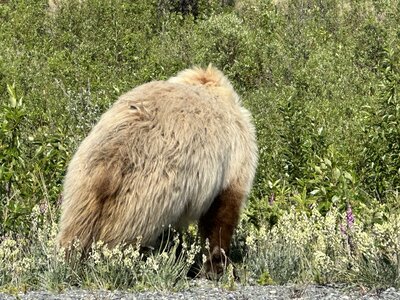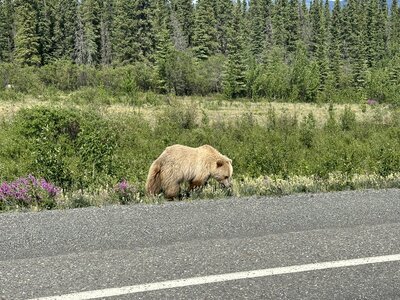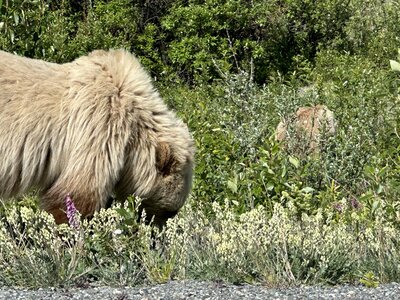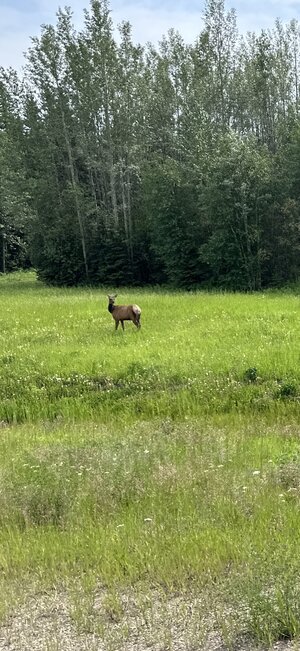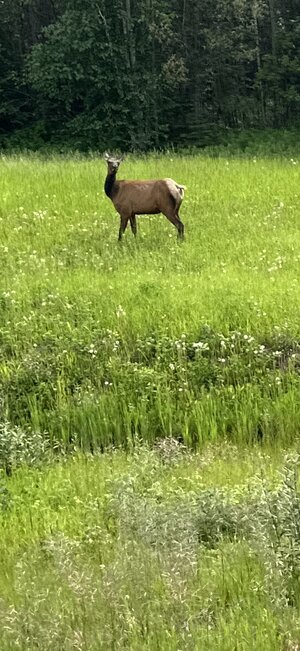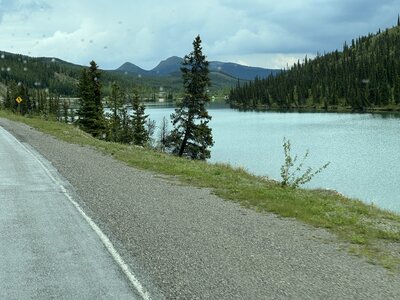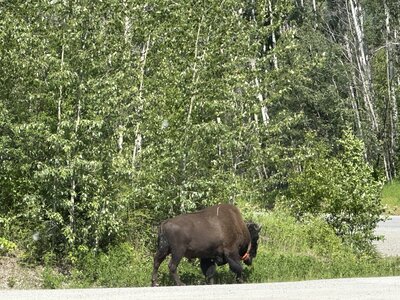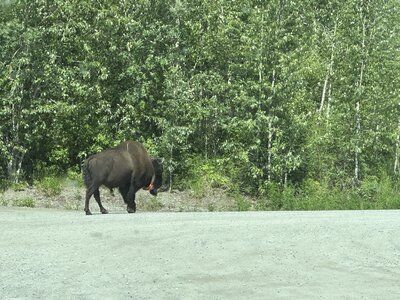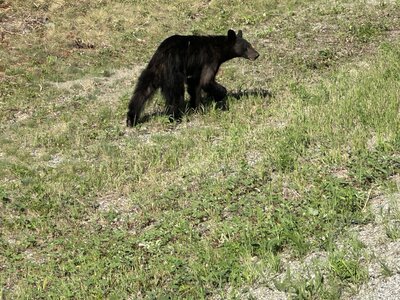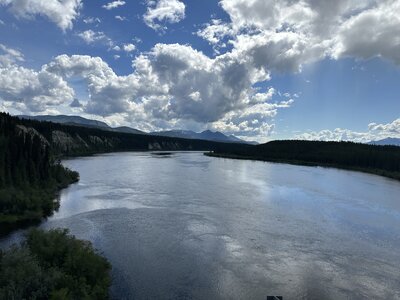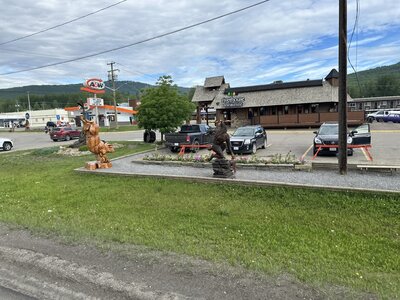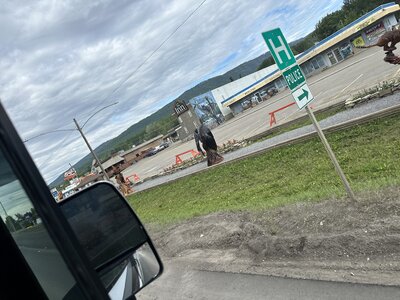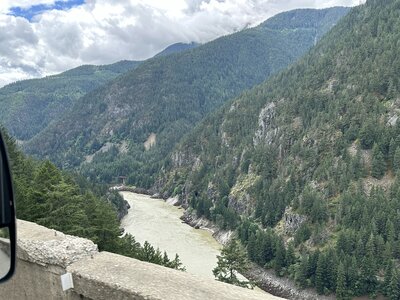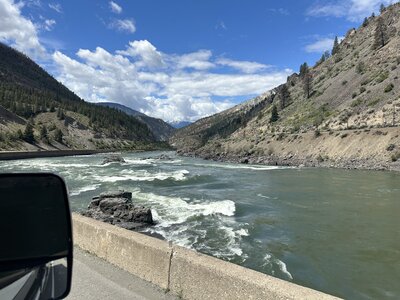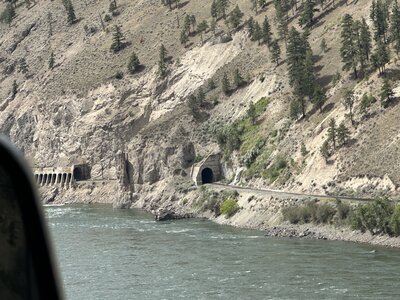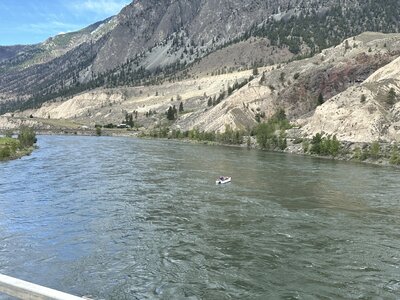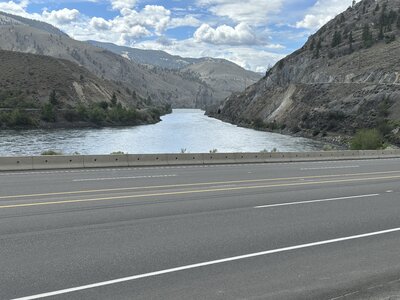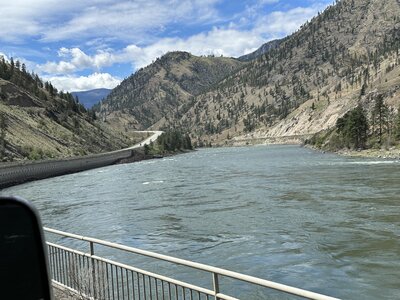AbdRahim
RVF Supporter
- Joined
- Dec 25, 2019
- Messages
- 3,925
- RV Year
- 2020
- RV Make
- Newmar
- RV Model
- BayStar 3626
- RV Length
- 37’
- Chassis
- Ford
- Engine
- V10
- TOW/TOAD
- None
Used these when my band played outdoors. They work quite well. I have a zapper in the coach. When I use it at night, all flying bugs dead in the morning.I wonder how beneficial one of the Thermacell products would be in battling the mosquitos?

Shop Outdoor Mosquito Repellents & Mosquito Control Products
Thermacell offers effective mosquito repellent and tick control solutions including portable mosquito repellers, outdoor patio shield and tick control…www.thermacell.com
